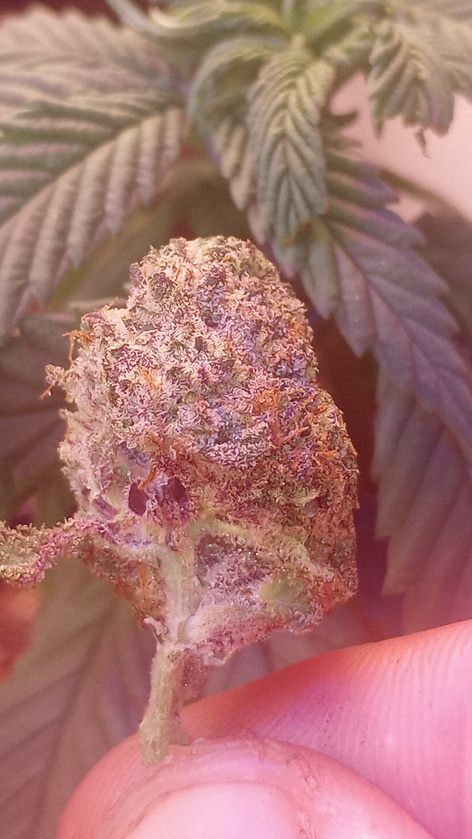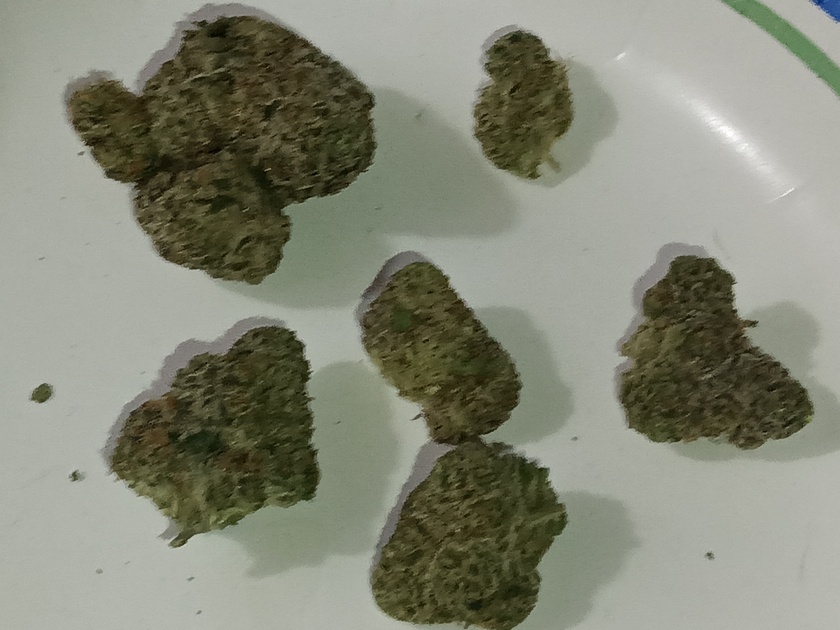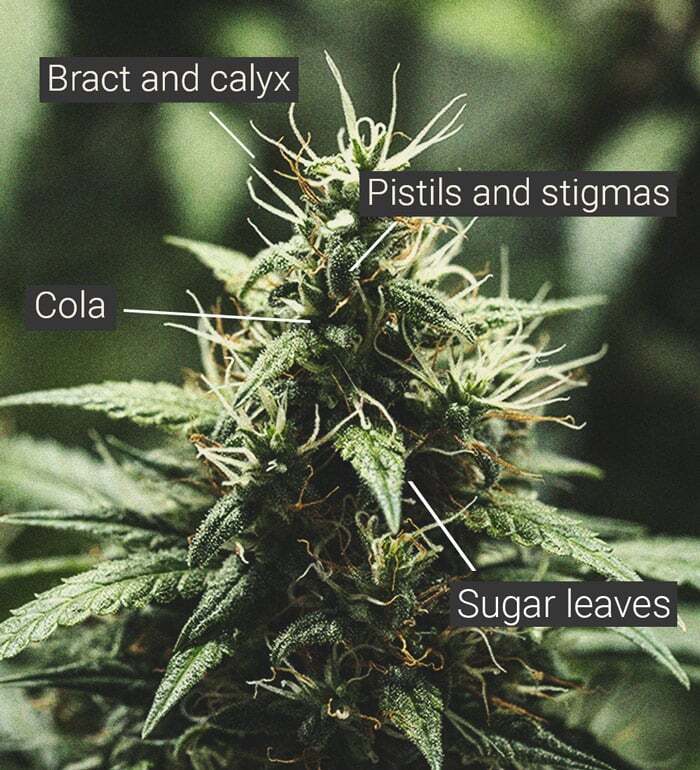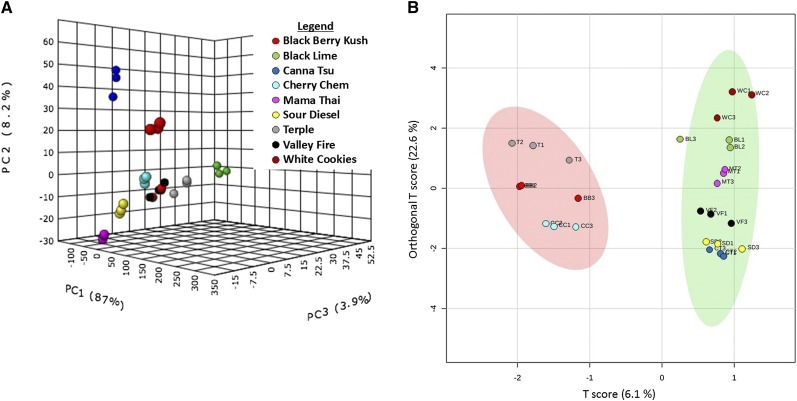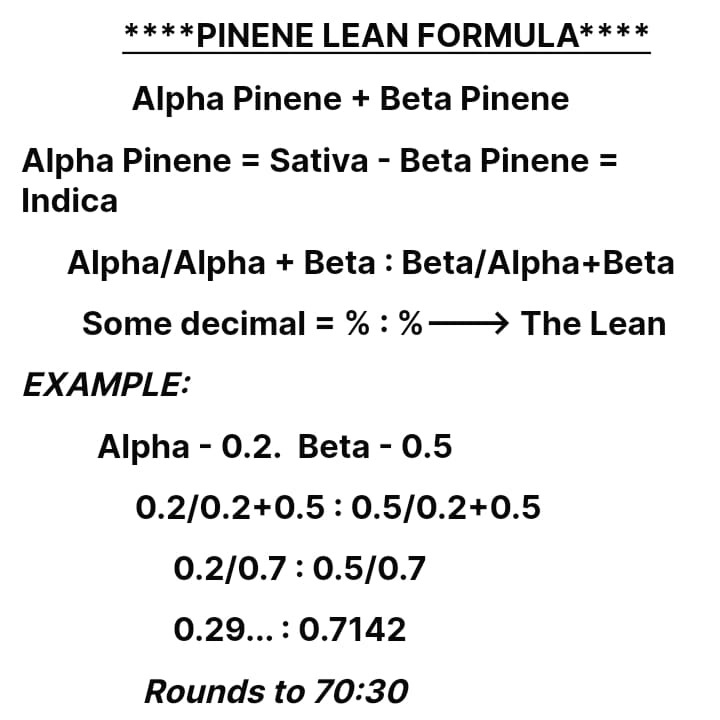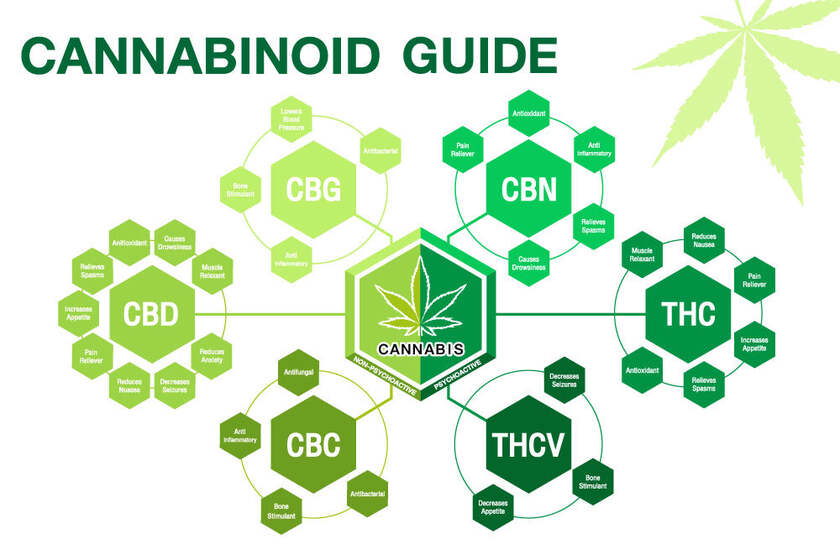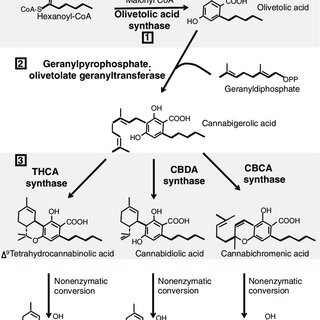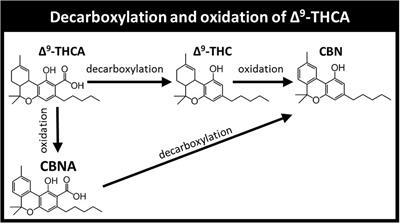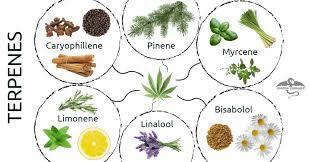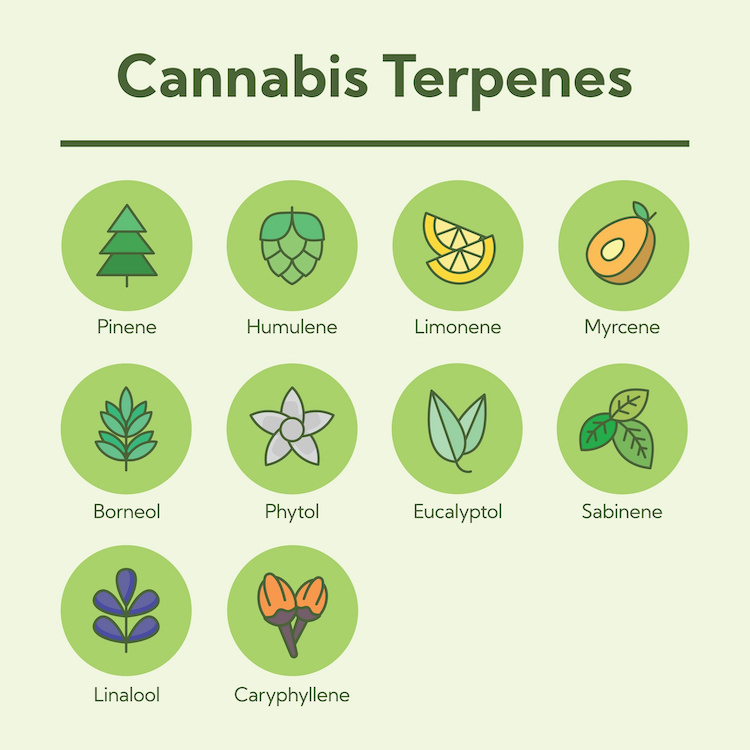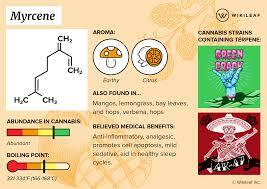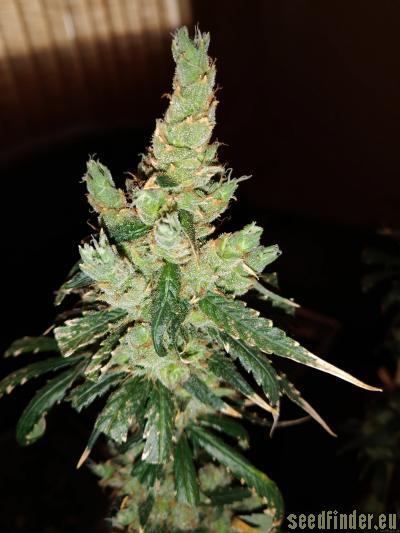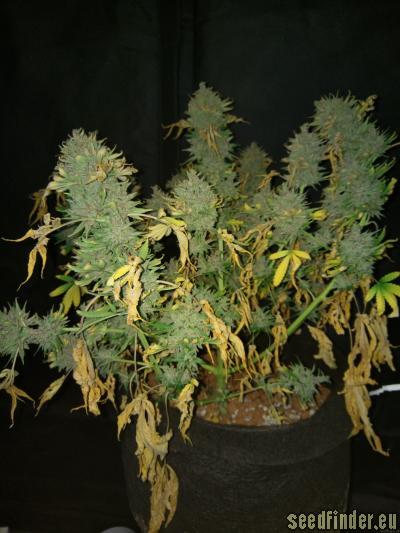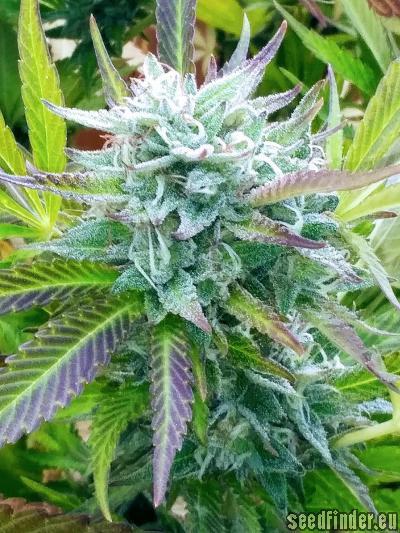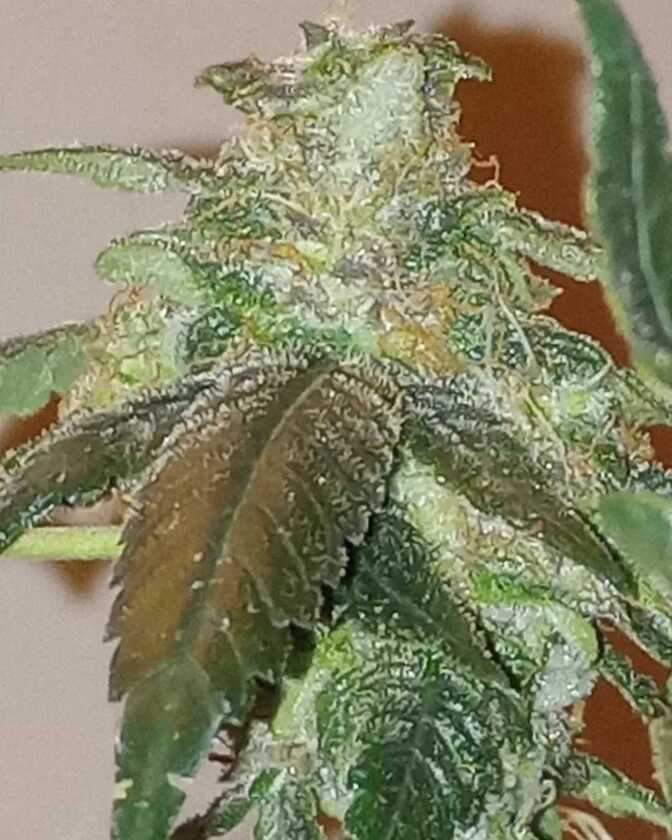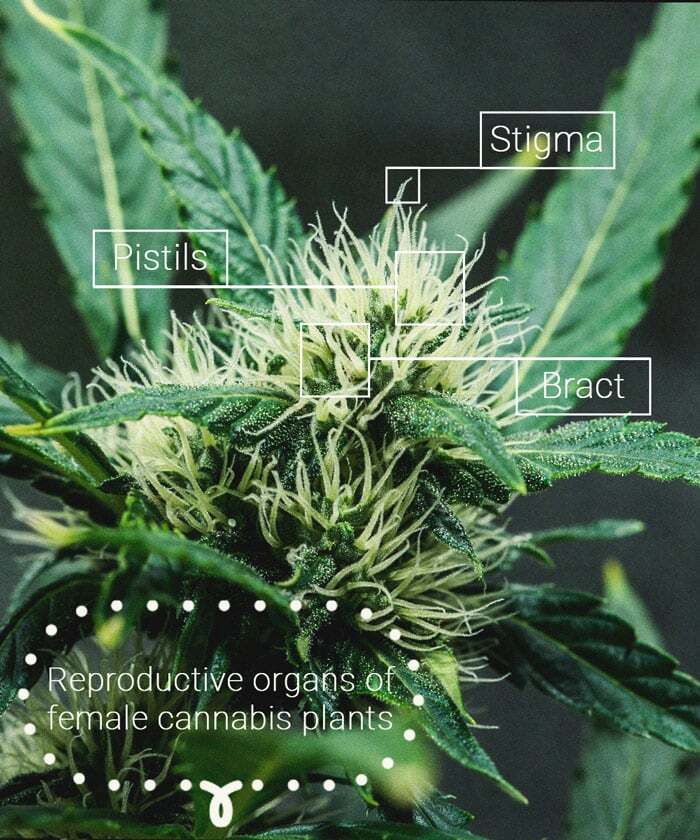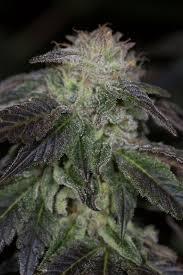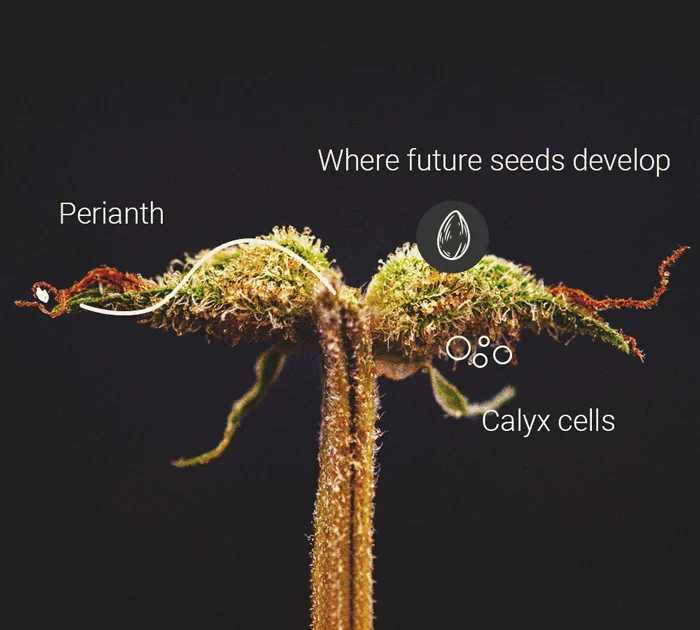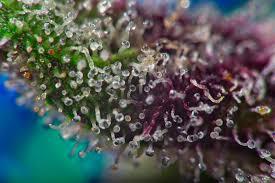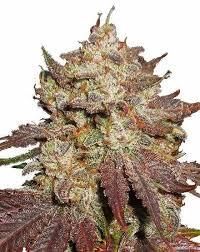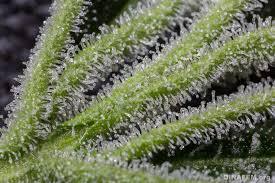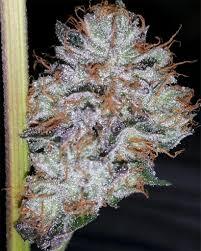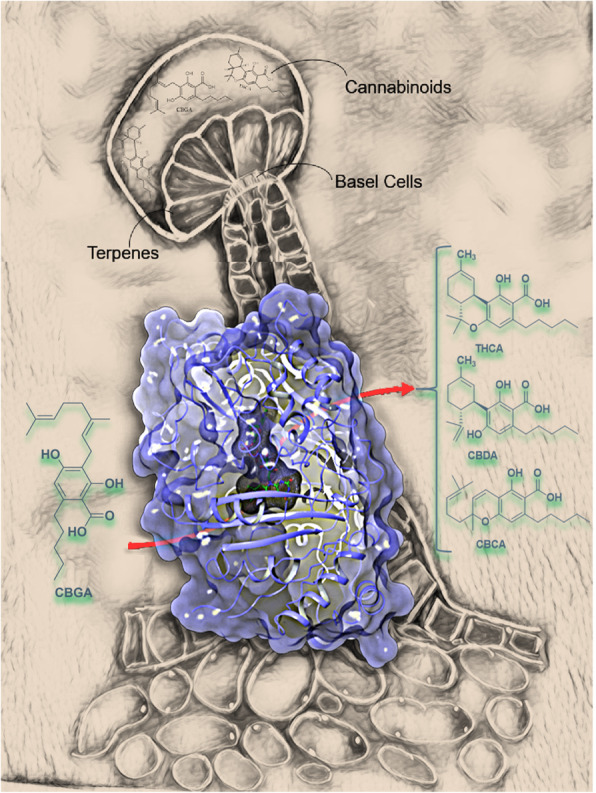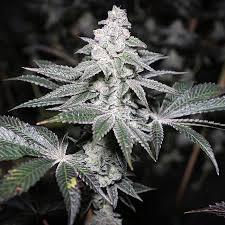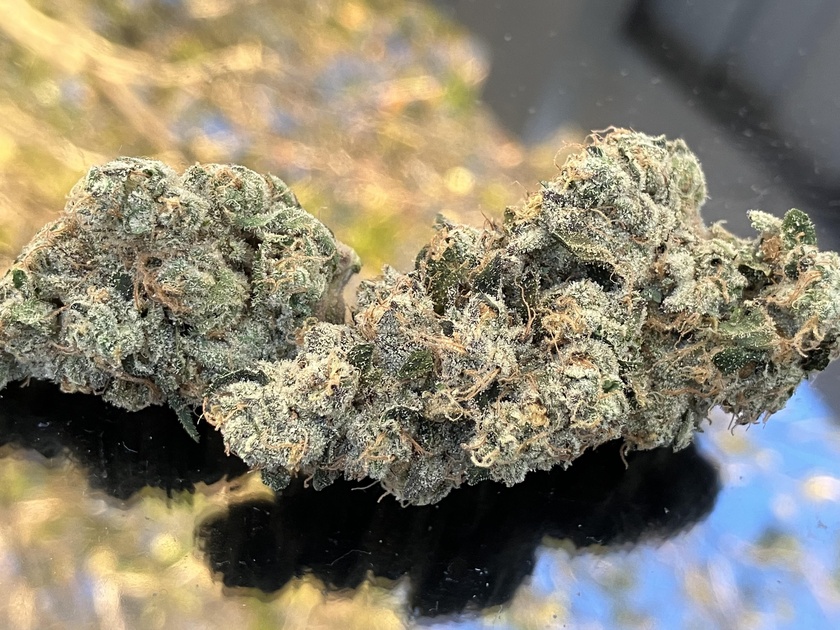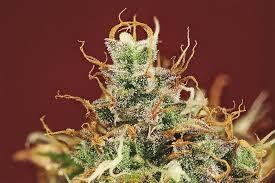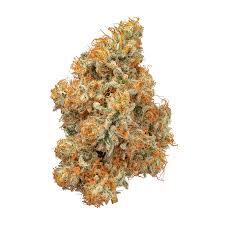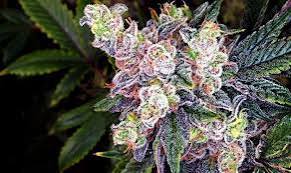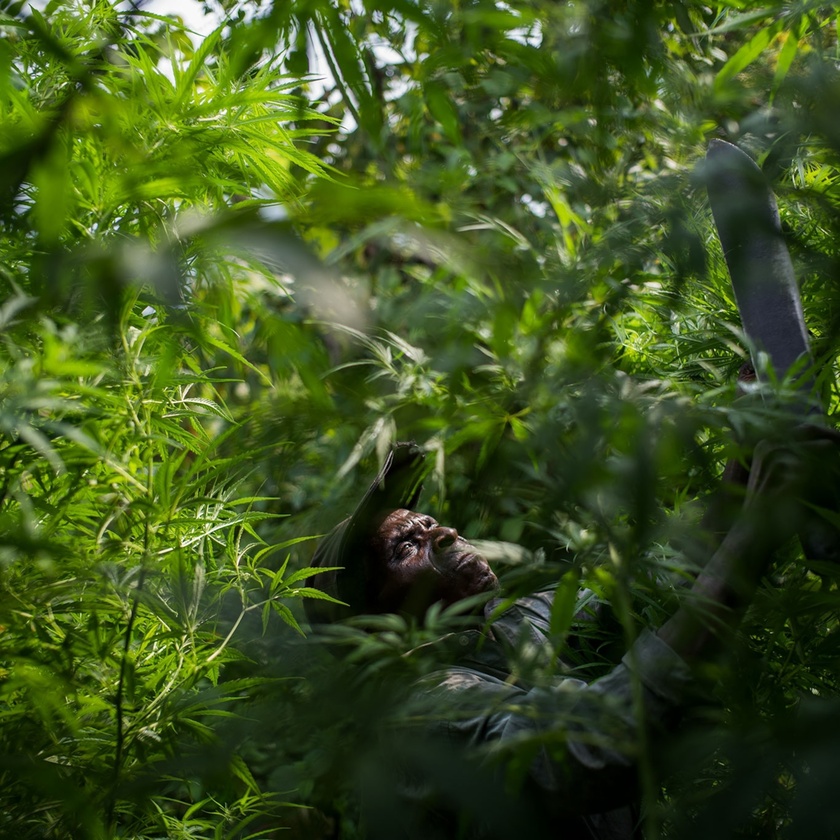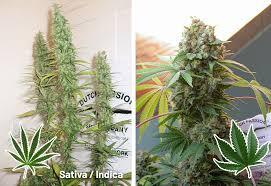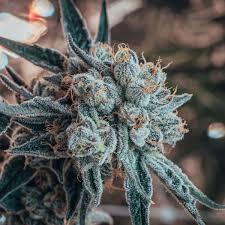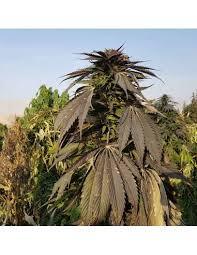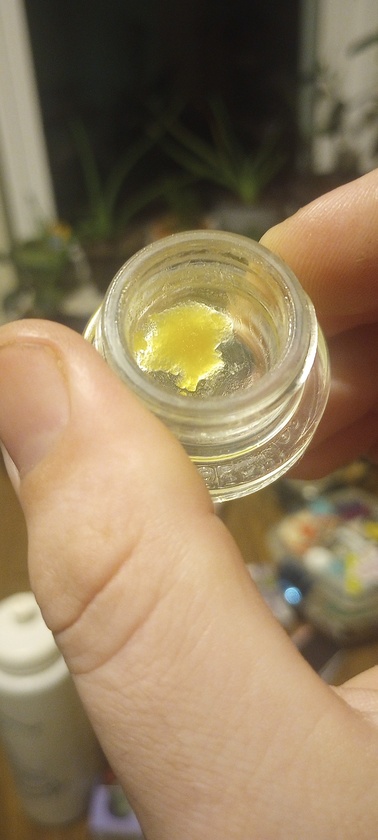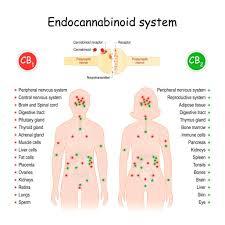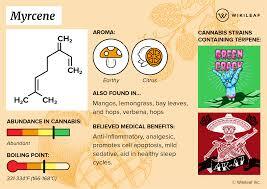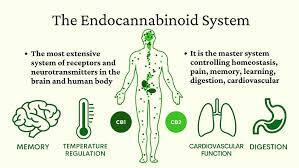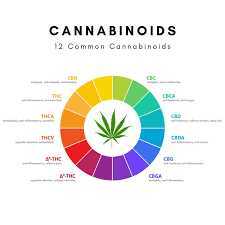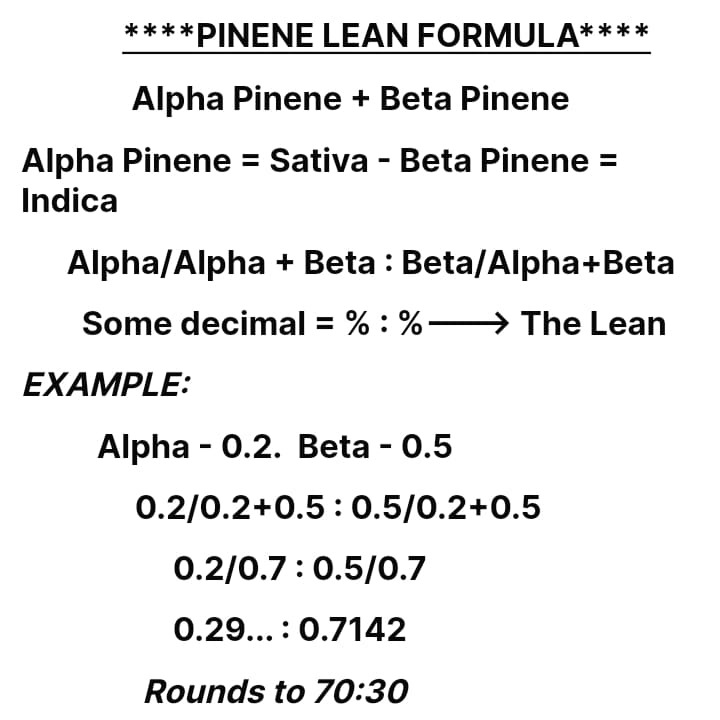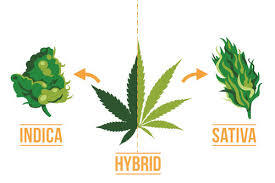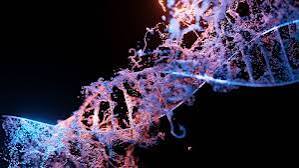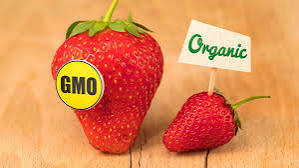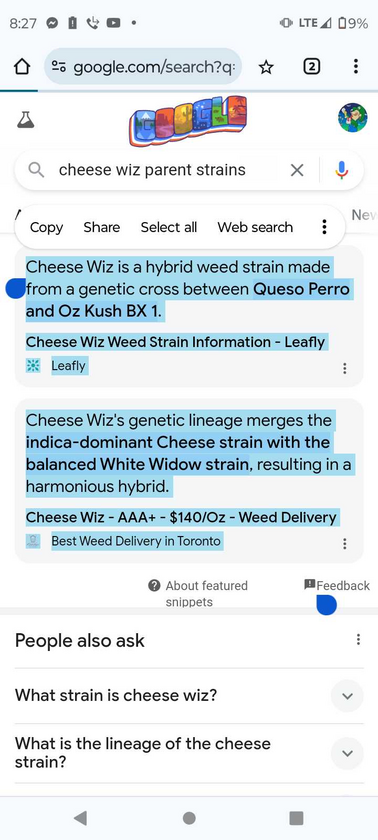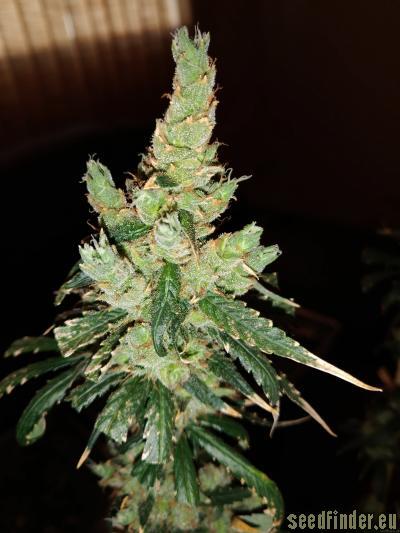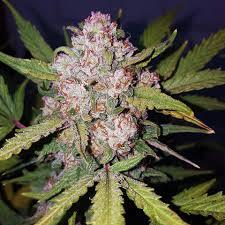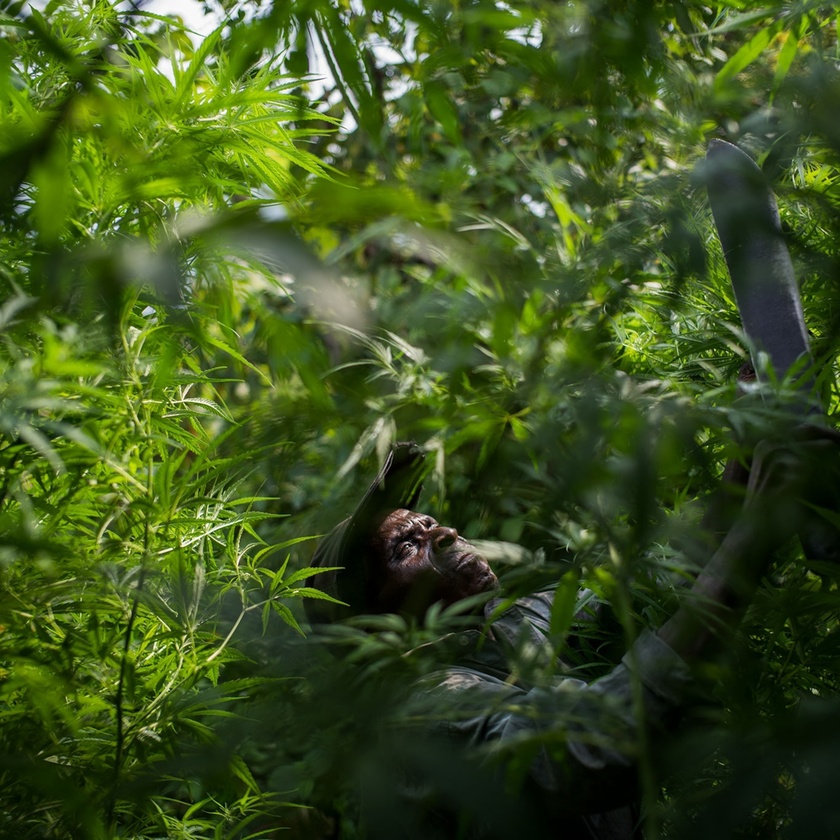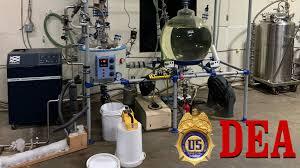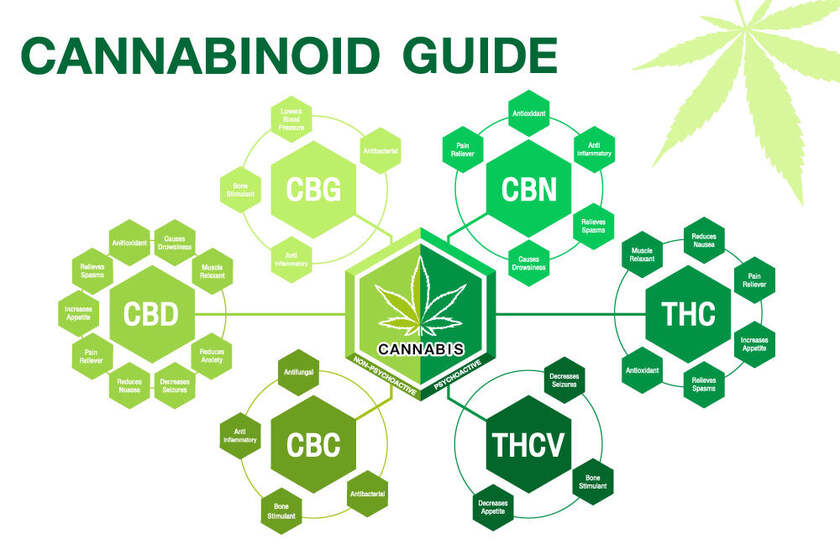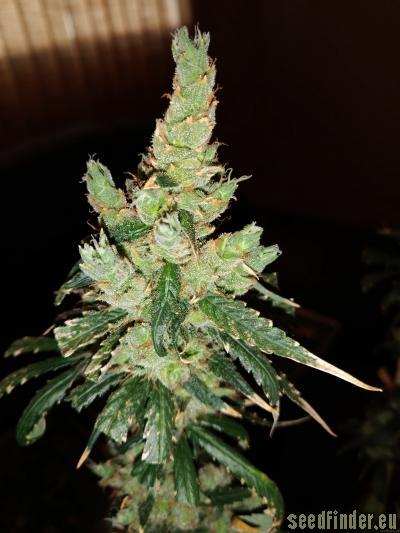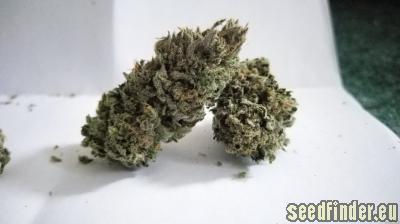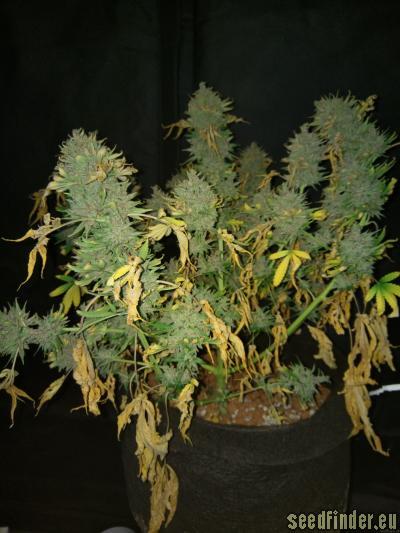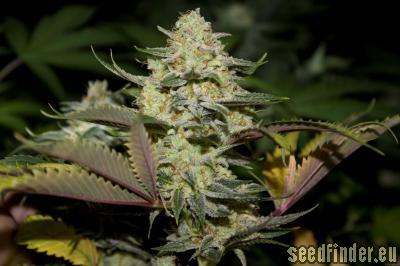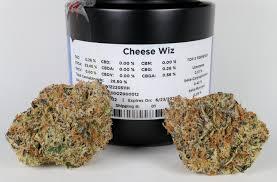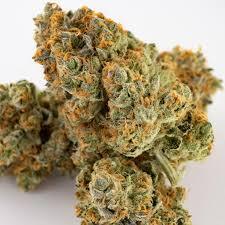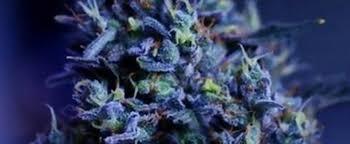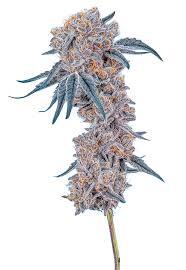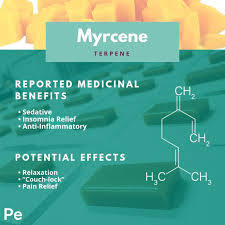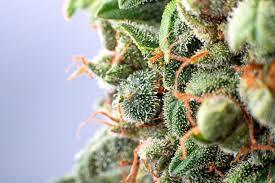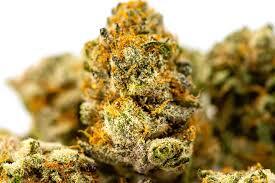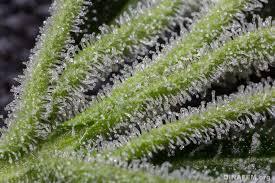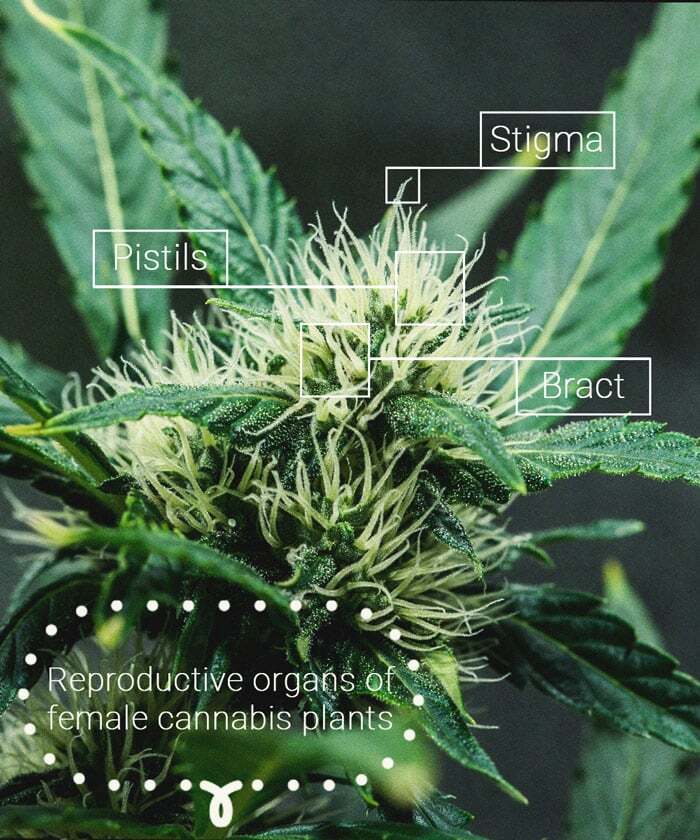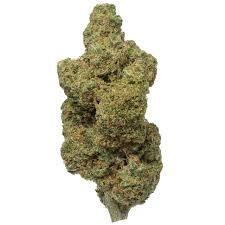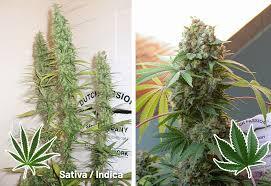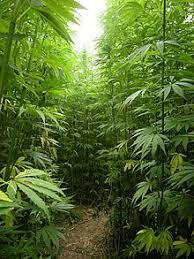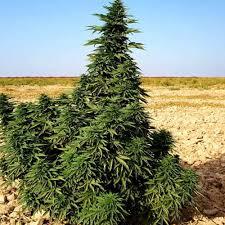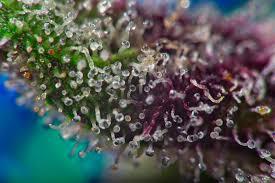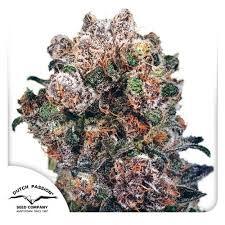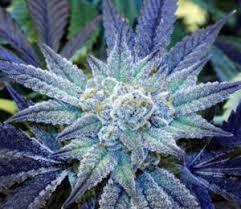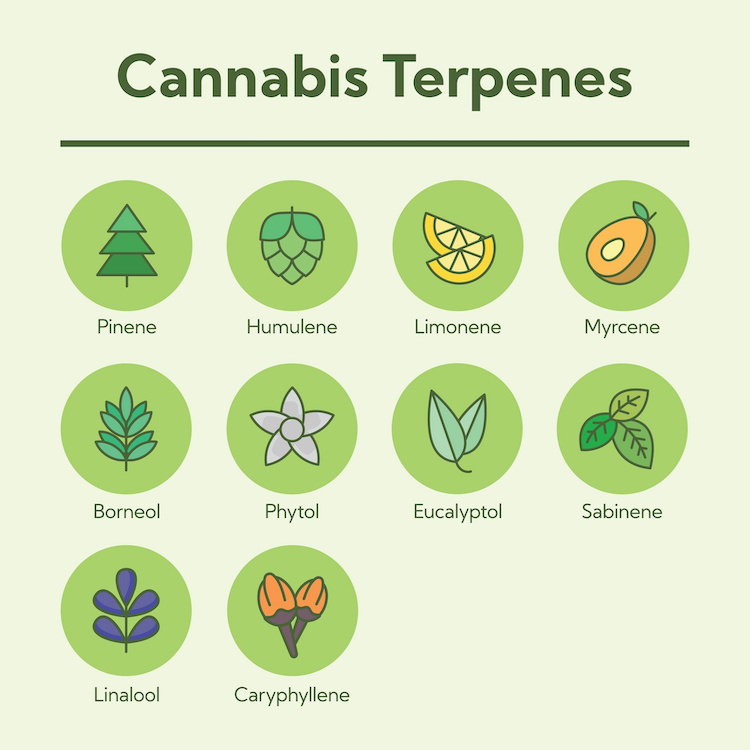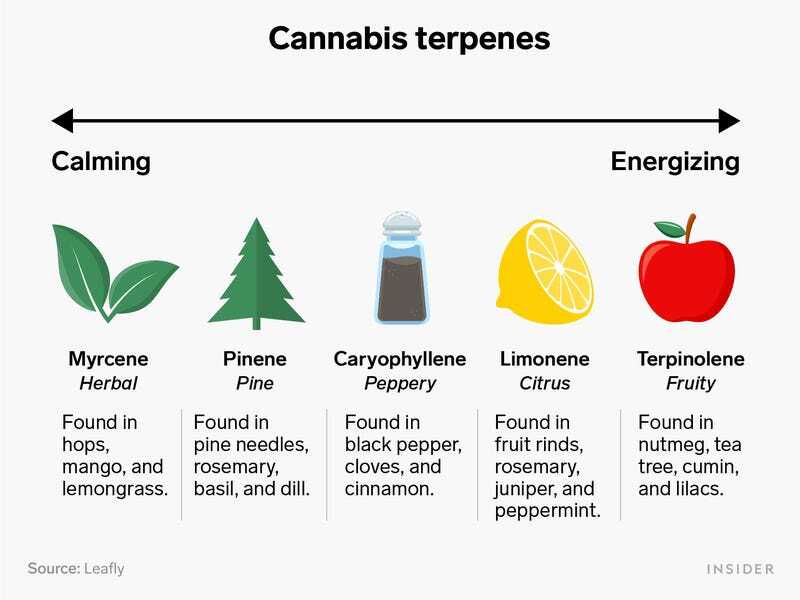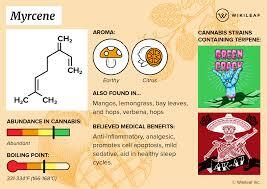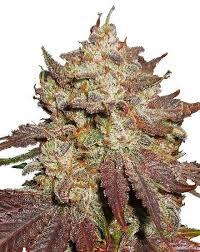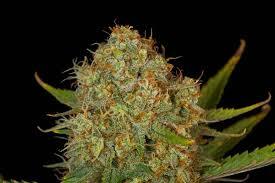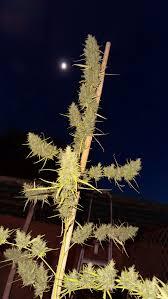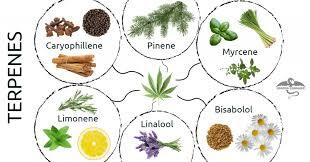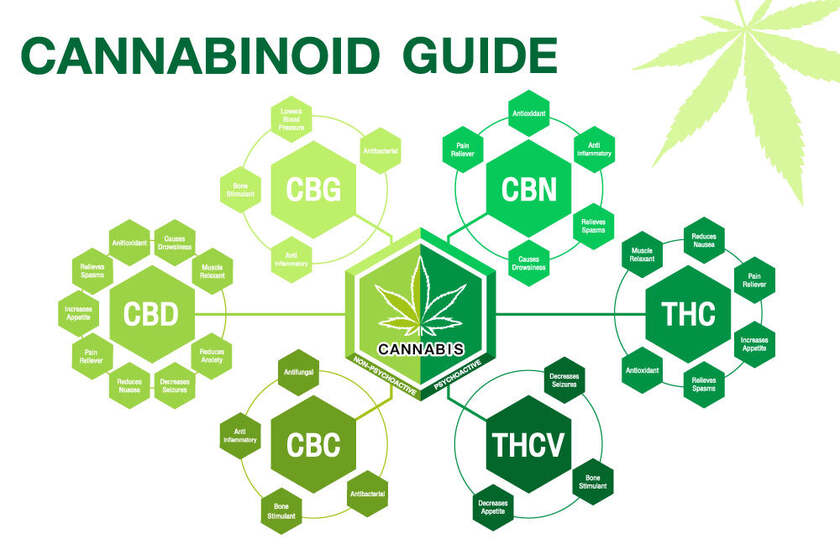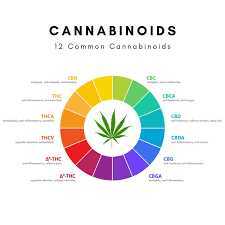
PURPLE PUNCH TERPOLOGICAL REVIEW
Seeming Hybridization of the Simplicity in Complexity of Genetics in Terpological Protocol
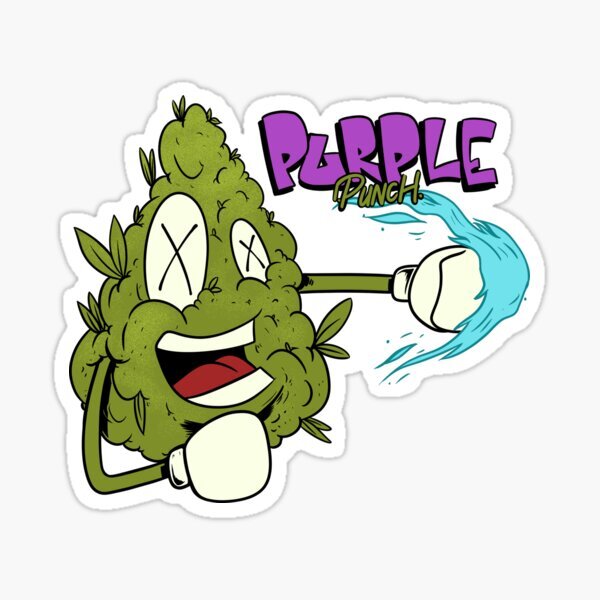
Purple Punch is a cross.of 2 potent and more recently sought after genetics on the U.S. market. Purple Punch is a cross of Grandaddy Purple aka GDP aka GridLock crossed with the very popular Larry OG. Purple Punch was developed and brought to market in 2013, making this pure indica hybrid lean a fairly new generic. Prior to 2013 there really was not much of a Punch Craze in the world, in particular in the United States. However, The creation of Purple Punch by crossing Larry OG x Gridlock Gave the world a whole.new like of cannabis to tout about, PUNCH.
This is certainly a unique 80/20 Indica having 3 Primary Terpenes, Limonene a bridge, Myrcene a semi bridge, and Trans Caryophyllene also a non definer. The secondarily we see 5 terpenes, Fenchol, Terpinolene, camphene, alpha Pinene, alpha Humulene. I might put Humulene in Primary placement with trans Caryophyllene, otherwise the protocol has a wicked outlier here as there would be no primary definitive characteristic exemplary of the lean.
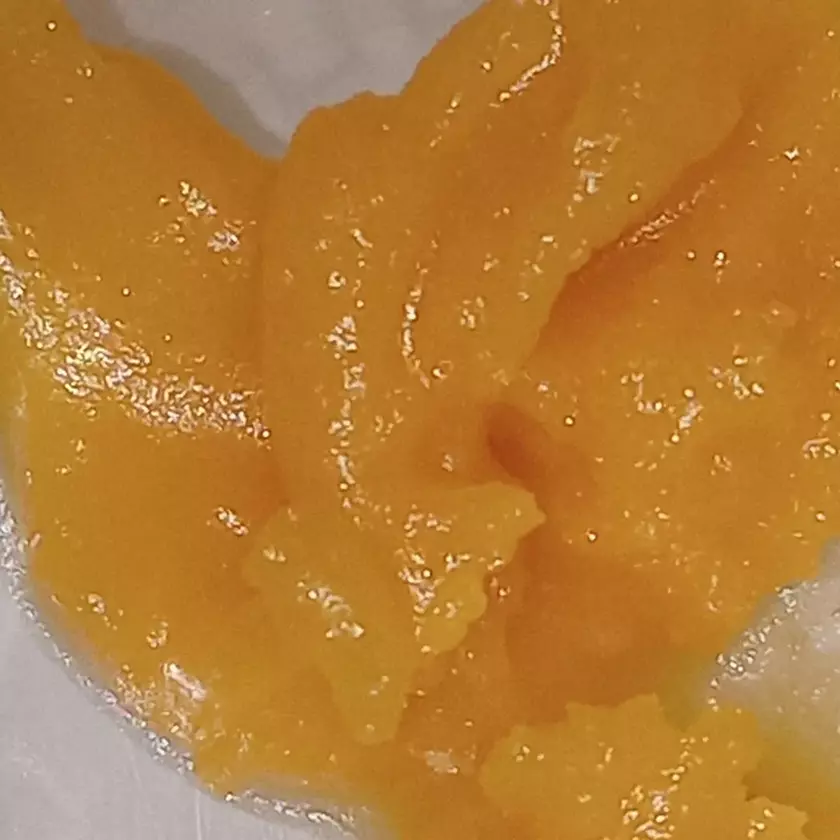
So Humulene being the 4th Primary, and 4 secondary., then the remaining 8 Are tertiary including the indica defining Linalool at 0.05%. Keeping in Mind as well that Alpha Pinene is Secondary and Beta Pinene is barely existent at 0.03%, not at all what one would expect for a 80/20 Indica.
This falls in line with the finding I have of Purple Punch which is relative to the applicability of the Pinene Lean Formula for Terpological Protocol. The lack of Application of thenformila indicates a pure genetic contribution, however, Purple Punch is far from 3 or less crosses from Landrace. However, the crosses in Purple Punch are very pure. There's more than just the simple 3 crosses but the genetics being used are within those 3 crosses.
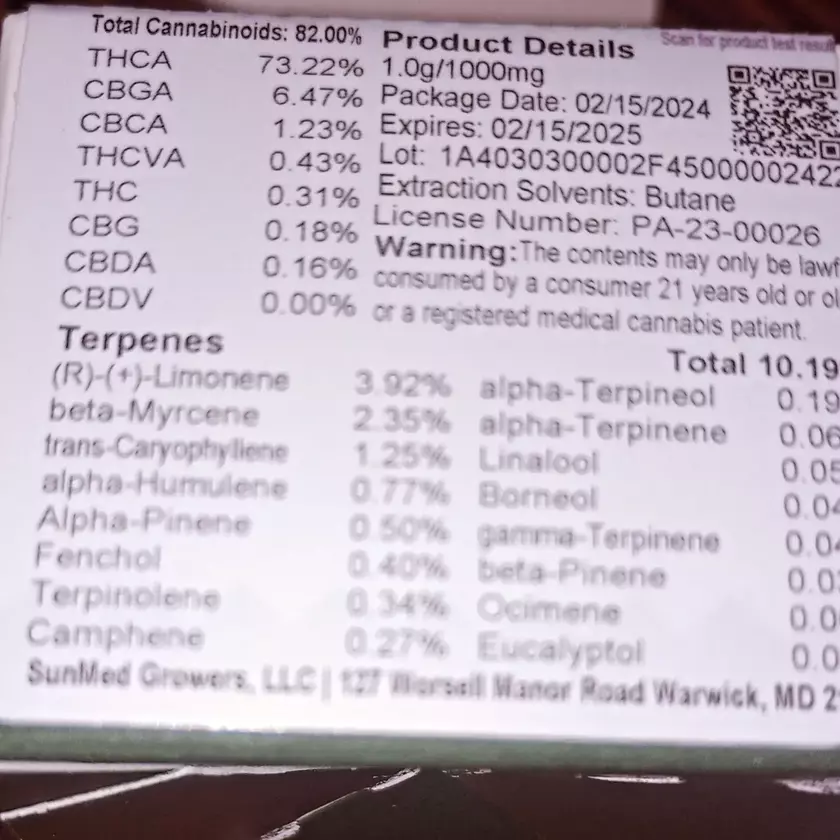
The pinene lean formula is a formula that I intuited from longitudinal analysis of Maryland medicinal market confirmation of Analysees and eventually was able to put my proverbial finger on the math.
Alpha Pine + Beta Pinene =
Alpha/Sum :Beta/Sum is Approximately Equivalent to the Strain Lean Approximation.
Purple Punch is actually technically an 80/20 Indica Dominant Hybrid, but the Pinene Lean Formula is not applicable. What does that mean? This is important to define what that means. The formula doesn't work indicates that the cannabis producing that characteristic has a genetic makeup not excessively hybridized. When the pinene formula fails, it tends to do so in two ways, one more extreme than the other.
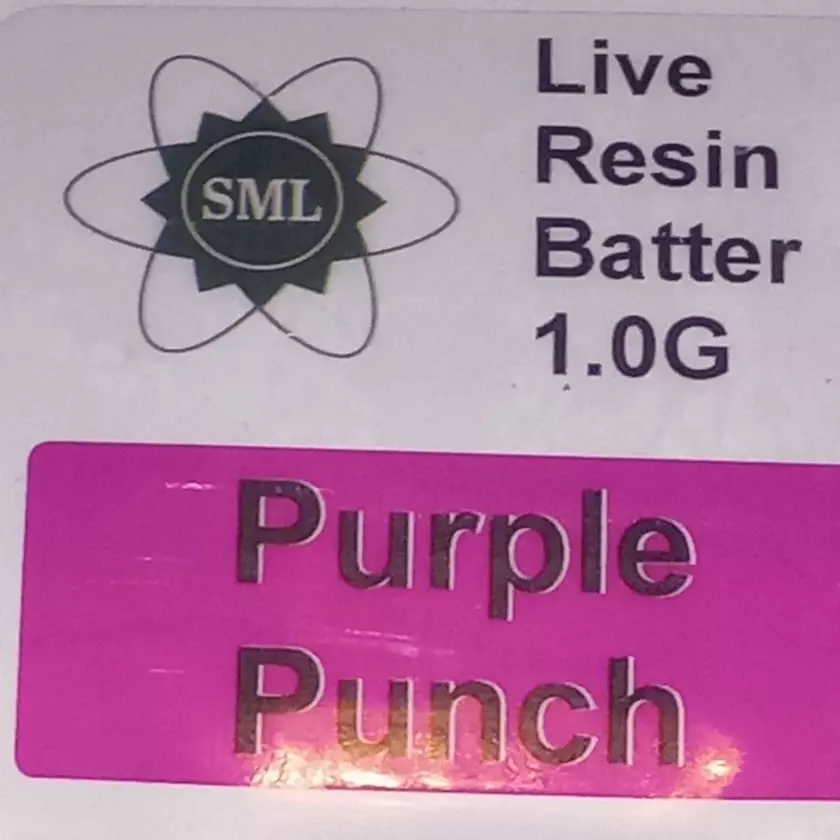
One way is by indicating that the known 80/20 Indica Dom. Hybrid is actually a 100% sativa. This is indicated by having a presence of Alpha Pinene and no beta Pienene, the same holds true for sativa purity. The other way is by presenting the exact opposite presentation of the reality of the cannabis at hand. So this 80/20 Indica Hybrid Would Present as 80/20 Sativa Hybrid. The later is the case with Purple Punch with Beta Pinene at 0.03% & Alpha Pinene at 0.50%. Purple Punch is technically 80/20, yet this is saying 95/5 Sativa Dominant Hybrid. Sativa is relative to alpha Pinene much like limonene has a lemon sativa presentation and an orange indica presentation. Alpha pinene has a sharper piney pungency than Beta, which is more pungent and earthy than sharp and bright.
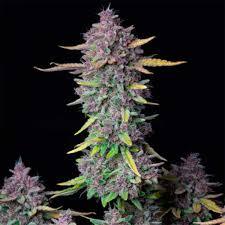
So that does.in fact mean that in this Pure Indica hybrid cannabis the expression of the sativa characteristic bridge Terpene pinene is exponentially higher than the expected indica characteristic of beta pinene dominance. looking into the genetics I don't find too surprising with the presence of Mass Skunk genetics and Sensi Northern Lights.
The Skunk Genetics and the Northern Lights Are bother great examples.ofnthe sativa presentation in the lack of Application of the pinene lean formula through numerous pure genetics combined in a hybridized manner so to speak. Skunk #1 in this instance, not Sweet Skunk or another is a cross.of 3 Landrace genetics, Mexico, South American Columbian, & Afghanistan. Sensi Northern Lights uses Northern Lights 1, 3, & 5. These are all Purest Indica which is a direct derivation of AFGHANI by Neville Shoemaker crossed with either Hawaiian Landrace or Afghani,.making some super potent & Stable indica genetics. Even the Unknown strains, they are from areas of genetic royalty, like the Emerald Triangle. Or another is Hindu Kush by Neville which is again some premO Indica Mither natures Flinest.
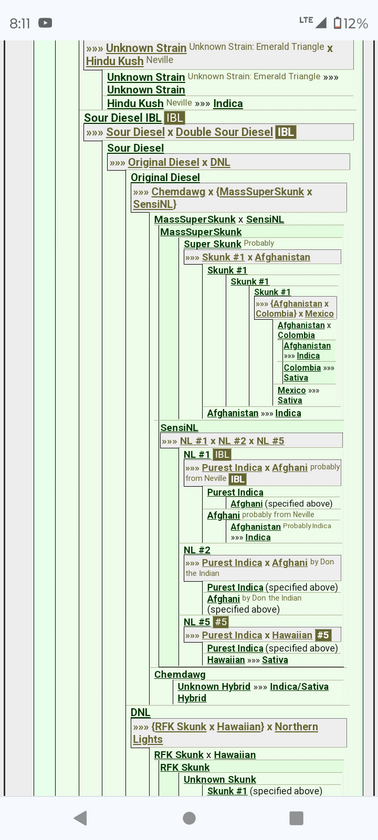
Now the simplicity of Genetics being present when the Pinene Lean Formula works makes sense, a lack of simplicity in genetics means the strain is likely pure genetically.. . .not very hybridized. But, you have to differentiate between opposition in totality vs presence of the opposite. In this case it's a bit of both as the actuality is 80/20 Hybrid but we come to the conclusion of 95/5 Sativa Dominan, but I'd consider it presence of opposite. In that case, rather than the genetics being a clean cut trace back to Landrace in MotherbNature, in this case the Presence of Landrace and pure genetics appear in a hybridized crossing pattern that resembles a 60/40 hybrids genetic tree, but the genes present are for example Skunk dressed 343é Dr me á see d to #1, or Afghani, or Sour Diesel. Very pure genetics.
To answer the question, no the pinene lean. Formula does not work with Landrace genetics. remember, I built this Terpological protocol through longitudinal analysis of anecdotal experience backed by my decades.long study of cannabis, and it was developed to specify hybrid characteristics by differentiating between indica and sativa expressing Landrace characteristics defined in the Confirmation of Analysis. I did it this way because what better way to understand the mixing of Landrace than to first understand how the cannabis is expressive between indica vs Sativa In purity.
Then we can begin to see how they interact and how interactions in compounds change with varrying hybridization. Using my longitudinal scientific and yes anecdotal approach, I plan to make my protocol able to help people TRUELY understand the cannabis they are going to purchase. The way I intuited the pinene formula, that isn't bcun a genius, it is recognition of patterns which humans all do, and more brains thjnkkng terpologically would but further the understandkng of the cannabis.
Feel free to apply the protocol, I would appreciate accolades is all in terms of naming me as the creator. . . Besides that go wild with it. Though I do reserve the right to make official changes to the official protocol in y verifying pattern finds of others and defining for myself the importance of said characteristic expression.
Purple Punch comes.on with a fairly psychoactive kick having a secondary Terpene presence of zbtea Myrcene at 2.35%. Above that we have Limonene, a bridge Terpene as to be expected in this oddly defined 80/20 Indica Dom. Hybrid. Another very unique aspect of the dominance of Purple Punch is the presence of Trans Caryophyllene rather than beta Caryophyllene. Trans Caryophyllene is the most common form Of Beta Caryophyllene so it appears in cannabis the most often however beta Caryophyllene is moreso DEFINATELY linked to indica. This doesn't mean no sativa can have beta Caryophyllene or no indica has Trans Caryophyllene obviously, because this 80/20 Indica dominant hybrid has trans Caryophyllene.

However, what can be expected is that when beta Caryophyllene is present sedation is sure to be a factor in the buzz. With excess beta Myrcene a high level of beta Caryophyllene can be a relief for many sensitive to the Uber psychoactivity of amplified Myrcene abundantly common on the "medicinal market". While Myrcene has its therapeutic application, I believe the excessive amplification thereof has led to an over focus on THC and MYRCENE in particular that has led to a recreational market heavily sativa psychoactivity leaning and that market is now the Medicinal Marketplace in states. Even the work being done in other cannabinoids is seemingly tied to THC moreso than attempting to investigate novel ideas. . . Medicine.
CBN is heavily studied now, however it is the only Terpene derived from.....you guessed it THCa. The Other cannabinoids form from acid analogues of the compounds, like THCa is Decarboxylated by heat and light into THC, CBDa into CBD. HOWEVER, CBN the mildly psychoactive and often defined as sedative cannabinoid is derived by oxidation of THCa. The focus on THC is valid, given the extent of presence and the fact the recreational market perfected cannabis to produce the desired traits expected from customers of that marketplace.
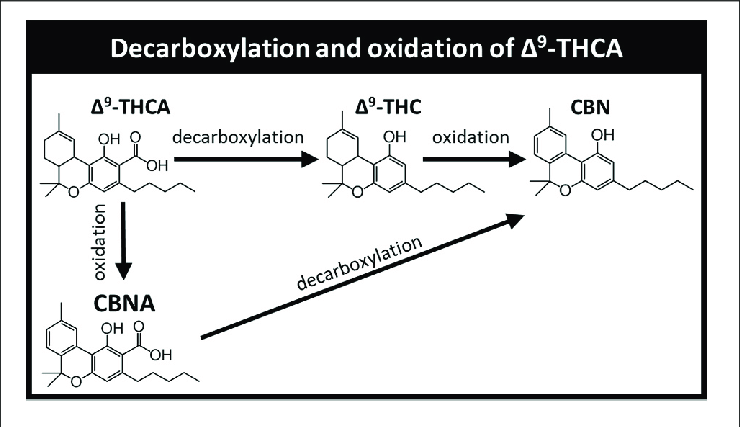
This is why the earthy, Humulene, dirt indica Mexican Brick pack smell is not desired and not present often in cannabis. When it is present it's usually sure to be a sweet cake presentation or have something exotic about the flower like Buckeye Purple being totally purple. Indica Smelling cannabis without at least a sprinkle hint of sativa skunk or glue does not have any staying power for anyone who has been influenced by the market and culture of the past 5 decades of cannabis.
The fact that the Linalool is significantly depleted is one of the biggest clues for someone reading the profile. Remember, we always start with the presumption given to the weaker genetic, presumably Indica as it seems to always have sativa expressing on it or through it but rarely does indica express itself on the sativa profile save the Bridge Terpenes in instances like high Beta Pinene.
I am not certain that no indica expression is ever in sativa, but the lowered presence of it in my data is DEFINATELY not arbitrary so I begin with Indica. In an indica a characteristic grouping to look for is Beta Caryophyllene, Linalool, and Humulene where all three are grouped relatively close together in levels. Beta Caryophyllene is usually primary or secondary around 1.5% let's say and we'll see in a typical indica hybrid a diminishing of Humulene and linalool from about 1.0% or 0.80% and keeps lowering as the sativa characteristics creep into the profile.
So here in Purple Punch we have a very low.low level of linalool, actually at a tertiary level. Seeing a characteristic expressive Terpenes at the tertiary Terpological hierarchical level is indicative of sativa impact on the profile through diminishment of indica characteristic.
Remember the other means of sativa expressing is by expressing sativa characteristics on the indica in place of or just beside indica expression, especially in place of the indica expression.
With that though, we also know that Humulene is not significantly depleted, and if any Terpene were to define the Indica it would be Humulene. That same shiver me timbers shake that you shiver out from the black bowl hit, that burnt hit, makes ya quiver, sjilar to how beer does when you drink it if your not a alcoholic. . .
That is Humulene. . . That is the stonerised reaction to Humulene. That pursed up face, Humulene. And in beer it is in hopes, which is in Latin Humulus Lupulis. Seeing Humulene paired beside trans Caryophyllene is a positive sign.
Now a lack of beta and presence of trans Caryophyllene doesn't mean no sedative power. Often these strains have a more alert but calm, relaxed state combined especially in Purple.Punches Case with a heft of Psychoactive kick. The sensation begins in the chest and spreads out from there. Coinciding with the relaxation in the extremities and sense of focus and calm. The intensity of the psychoactivity sneaks up a little and the more indica like nature of Purple.Punch comesinto Fruition as the buzz wears on as it becomes more sedative as the Psychoactive high dissipates.
No doubt the oddly places presence of terpinolene at a secondary hierarchical level is contributing to the more calm focused buzz and not producing that haywire wild psychoactivity heightened Myrcene lacking beta Caryophyllene can often do. The Myrcene at this level comparable to the trans Caryophyllene is going to act to DEFINATELY introduce more tactile experience and psychoactive intensity that if the numbers were reversed.
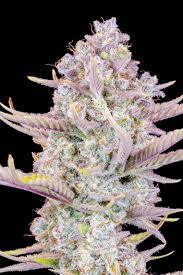
In that case the trans Caryophyllene would dominate and the Myrcene would act to enhance some of the relaxing elements of trans Caryophyllene rather than being so dominatingly psychoactive. Even at an 80/20 Indica dominant lean, the Myrcene at 2x the trans Caryophyllene plays a bit more impact than 2x beta Caryophyllene.
However, honestly that is the expected norm in today's hybrids, is a level of myrdene just exceeding that of the trans or beta Caryophyllene. I honestly do not mind this, as I have gained control of my freak outs after 20years experience.
Another very big key giveaway that this was a very interesting presentation was the extent of CBGa present, at 6.57%. The Terpological standard for an Indica Characteristic is 1.5%. Derivatin therefrom outside what one would.intuit a few standard deviations to be is effect from sativa expresses on the indica characteristic.
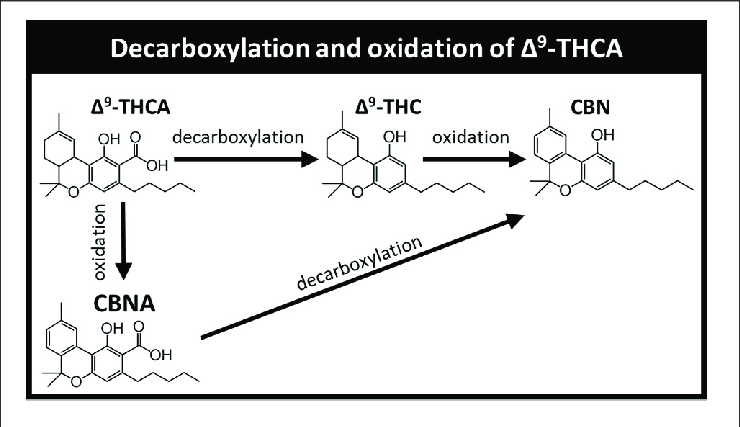
When CBGa in reases, what I have found is an increased presence of Sativa characteristic. Much like when THCa is Low and THC is high, sativa, but low on both, likely indica. In addition, raised CBG beyond the normalized 0.5% in an indica live resin concentrate is also in line with more Sativa Expression. Let's look at that in particular.
Why would CBG increased be an indicator that sativa presence has been heightened in this strain? First, we must recall that I place sativa dominant to Indica at least in so far as generic temperament, meaning sativa is much more of a bully than indica,.or indica is some derivation of type of sativa.
That said, recall that all Terpenes and cannabinoids are made u p of gerynal diphosphate and olivetolic Acid. GERANYL diphosphate GDP. I believe it falls in place that indica impacted by sativa would have an influx of GERANYL derivatives, like Cannabigerol. It would also fall in place for the opposite to hold true of sativa if indeed the indica is a form of or less genetically potent than indica. So think of the lesser, being enhanced by the presence of the higher to put it in another way for readers.
So why is it that CBGa is more potent in Sativa While the lesser presenece of CBG seems characteristic of Indica. When we consider the Terpological relationship to evolutionary development of cannabis it makes a bit more sense. Decarboxylation is the exposure to heat and light, and we know that indicas are exposed to excessive light and heat of the Mexican and Middle eastern deserts as well as the extremes of got and cold.
We would expect more decarboxylation of CBGa in this scenario, while.im a jungle environment, less exposed.to heat and particularly light, we see less decarboxylation of CBGa. This would this mean that sativa hybrids with more sativa genetic characteristic would present with more non decarboxylated CBGa, wile the indica hybrid would be more apt.to produce the lower level CBGa and increased CBG.All ofnthis is tied together and interrelated.
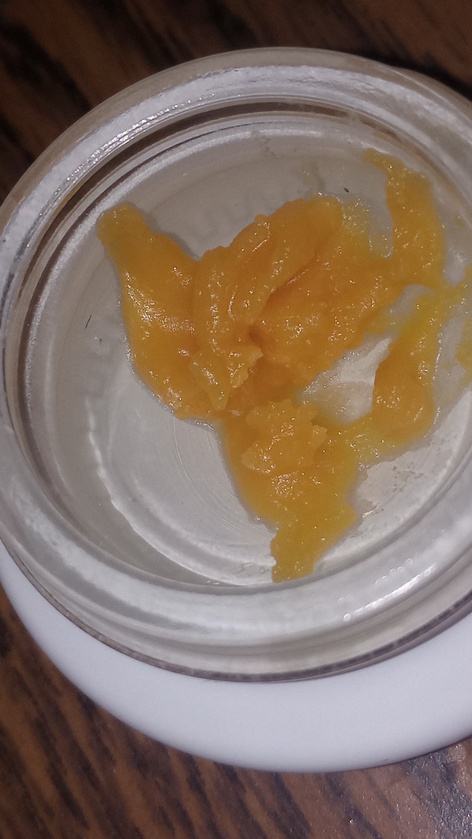
I find one.other interesting comparison of cannabinoids to this find and that is that of the dual occurring nature of CBN. IT can be produced through the decarboxylation of THCa to THC then the Oxidation Of THC to CBN, or CBNa can be directly decarboxylated to CBN. THCa is one of the later steps produced by Geranyl diphosphate and olevitolic acid, while CBGa is the initial compound from whence the remaining cannabinoids get their molecular base structure. It would seem then the more distant from the forming ingredient compounds of geranyl diphosphate and olevitoloc acid that the compounds correlate moreso to Indica while those closer to the forming compounds in distance inso far as number of molecular reactions are relative to sativa, like CBGa.
Or like another early formed cannabinoid Cannabichromene, CBC, also very much so relative to SATIVA over indica and is also an early forming cannabinoid / compound. The distance and relative relationship of that to sativa and indica is very similar.to the idea of distance in proximity to Landrace genetics, that is the simplicity of complexity in genetics, remote proximity in number of stran crosses to the Landrace genetics. This is the basis of Terpological protocol, comparison to landrace genetics in all ways.
Purple Punch is a very unique Dominant Indica Dominant hybrid Cannabis Strain producing a focused Psychoactivity that lulls one into a state of trans Caryophyllene induced sedation. Not the Beta Caryophyllene sedation of the traditional indica, but DEFINATELY having the Trans Caryophyllene lighter calming note enhanced and made more potent by the second PRIMARY beta Myrcene level at 2.35% just under the bridge Terpene Limonene at approximately 3.5%. The lack of linalool paired a levels alongside trans Caryophyllene and Humulene also points towards the diminished indica presence despite the fact were dealing with a very pure 80/20 Indica dominant hybrid.
In some ways, there are 60/40 Indica hybrids with more indica sedative staying power than Purple.Punch. For example those with beta Caryophyllene and similarly high Myrcene levels, so the importance of the protocol I have created here wouldn't be underestimated for lack of known names associated with my work. I DEFINATELY Reccomend Purple Punch has a working indica Strain and a potent indica that would be suitable for the Newer use, with the caveat that it is more psychoactive and produces sedation later in the come down from that psychoactivity.
Advoc8 always
Meduc8 Daily

